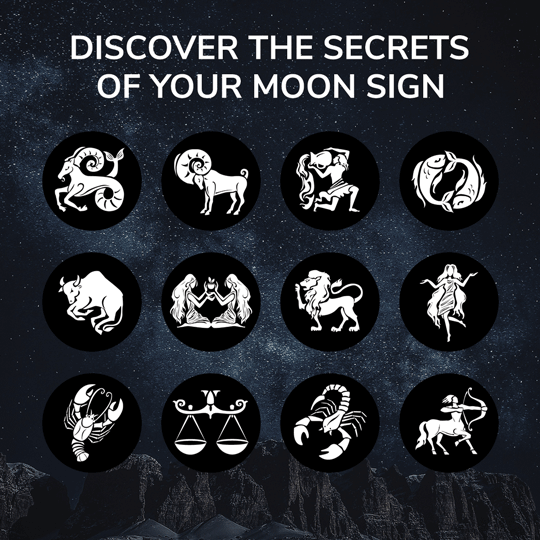Full Moon Names and their Traditional Meanings
The night sky has fascinated humanity since time immemorial, and few cosmic phenomena have captivated our imagination like the spectable of the full moon. Over the centuries, peoples have bestowed names upon each of the twelve (or thirteen) full moons of the calendar year, each name intertwined with its own mythology and cultural significance.
Wolf Moon: The Wolf Moon of January serves as a reminder of the challenges faced by ancient communities in surviving snowy nights when food was scarce. The name pays homage to the howling of wolves that becomes more pronounced during cold winter nights and emphasizes the importance of unity and resilience in the face of adversity.
Snow Moon: The Snow Moon of February blankets the wintry landscape with its soft glow. The Snow Moon represents a time of introspection and reflection as people find solace in the tranquility of winter's stillness.
Worm Moon: March's Worm Moon signals the approach of spring. It owes its name to the emergence of earthworms from the thawing ground, a symbol of nature's awakening and the promise of renewal. The Worm Moon encourages us to embrace change, grow from our experiences, and welcome the opportunities that come with the new season.
Pink Moon: In April, the so-called Pink Moon graces the skies, but it doesn't actually appear pink. The name is attributed to the pink phlox flower that blooms during this time in North America and Europe, symbolizing hope and new beginnings.
Flower Moon: May's Flower Moon marks the peak of spring's floral abundance. As a time of fertility and growth, this moon inspires appreciation and gratitude for the bounties of nature, reminding us of the cyclical nature of life and the continuous cycle of growth and rebirth.
Strawberry Moon: In June, the Strawberry Moon, named after the ripening of wild strawberries, brings with it a sense of sweetness and indulgence. It reminds us to savor the simple pleasures of summer and appreciate the richness of the natural world and the harmony between humans and nature.
Buck Moon: July's Buck Moon is associated with the growth of new antlers on deer. As a symbol of strength and vitality, this moon encourages us to harness our inner strength and face challenges with determination, just as the deer must navigate its changing environment.
Sturgeon Moon: The Sturgeon Moon gets its name from the abundance of sturgeon fish during the month of August in the northern hemisphere. This moon reminds us of the deep connection between us and the sustenance and abundance we receive from nature and from the seas in particular.
Harvest Moon: September's Harvest Moon holds a special place in agricultural societies. This moon is the full moon nearest to the autumnal equinox, providing farmers with extended moonlight during the harvest season. It represents a time of hard work, gratitude, and the rewards of a bountiful harvest, reinforcing the cyclical nature of life's endeavors.
Hunter's Moon: In October, the Hunter's Moon lights up the night sky, allowing for extended hunting hours. This moon celebrates the unity and resourcefulness of communities as they prepare for the winter months. It is a time for cooperation and friendship, fostering a sense of togetherness during challenging times.
Beaver Moon: November's Beaver Moon honors the beaver, an animal known for its industriousness in building dams and lodges. This moon encourages us to embrace our own creativity and productivity, reminding us that through hard work and ingenuity, we can create and shape our environments.
Cold Moon: As December's aptly named Cold Moon graces the skies, it serves as a poignant reminder of the challenges of survival during the cold winter nights. The moon's silvery glow reflects the resilience of the human spirit in the face of harsh conditions. This moon symbolizes the importance of introspection, self-discovery, and finding strength within ourselves during challenging times.
Blue Moon: Because the lunar cycle only lasts about 29.5 days, which is shorter than the average solar calendar month of 30 or 31 days, every two or three years there will be a year with a thirteenth full moon. When this occurs, the second moon in a given calendar month is called a Blue Moon. This moon does not appear blue in color but rather alludes to traditional folklore that associated the color blue with things that were rare or unusual.
These full moon names carry with them a rich tapestry of history and meanings that remind us all of our cyclical harmony with nature and our shared experience as human beings upon the earth. From the howls of wolves in winter to the blooming of flowers in spring to the harvesting of crops in autumn, each moon offers us a window into the rhythms of the natural world and our own connection with our environment.
Full Moon Names and their Traditional Meanings
Each of the twelve full moons of the calendar year has its own traditional name that helps remind us of our connection with the natural world.
Moon Signs and their Personality Traits
Most people know their zodiac sign as their sun sign, but did you know you also have a moon sign that corresponds to the location of the moon at the date and time of your birth?
What is a Blue Moon?
What is a Blue Moon, and why does it hold such fascination in our cultural and mythological history?
